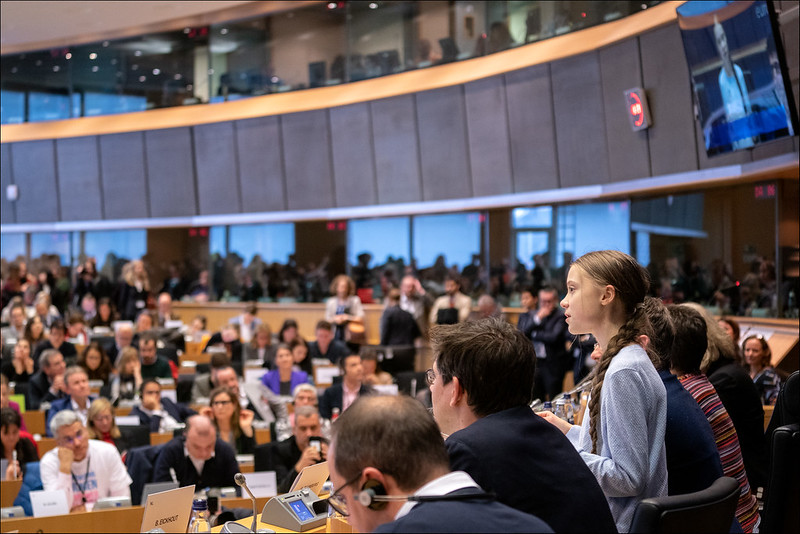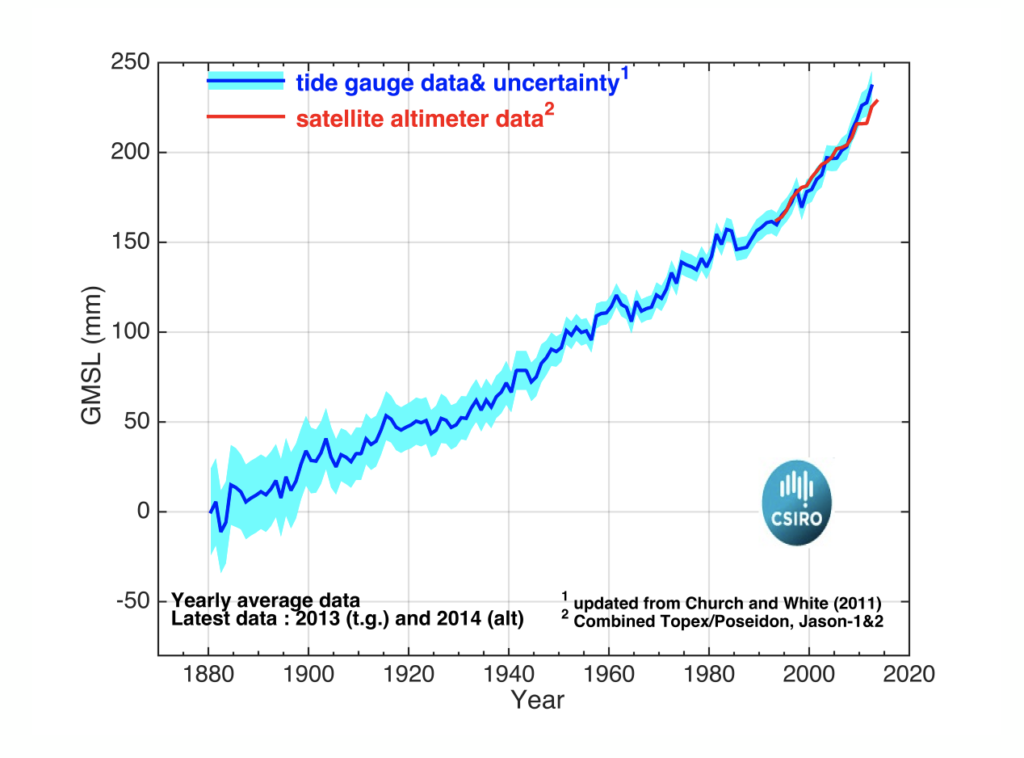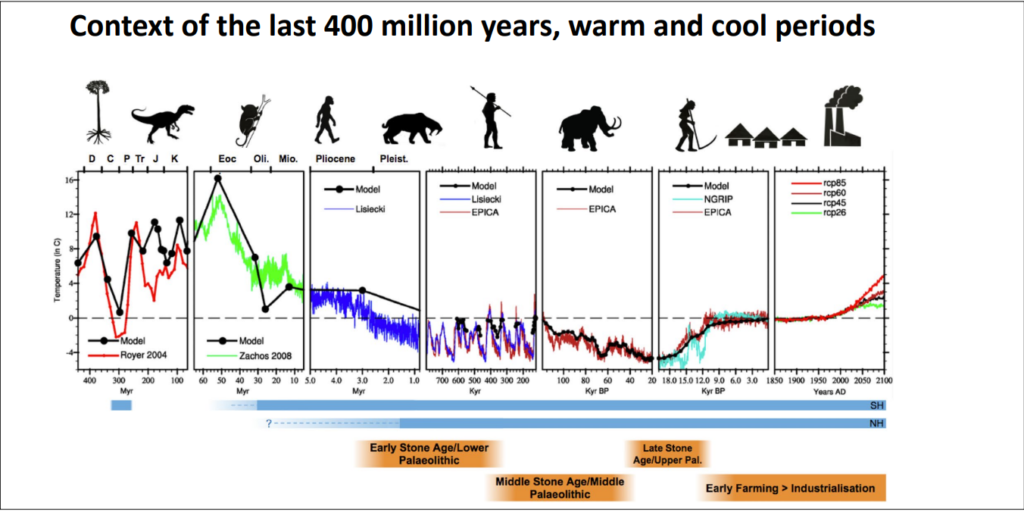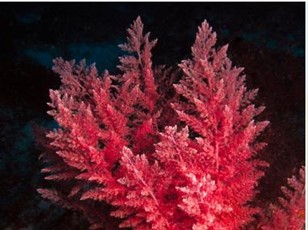Cambridge Primary School 5/6B

Our Questions
This is an excellent question, and one of the questions most students want an answer to. You can be someone who takes climate action!
Each of us can act individually (on our own) and collectively (together with others) to act on climate. We know, from scientific evidence, that climate change cannot be stopped and is happening already – but it can be reduced and slowed down. People today and into the future (including you) can make changes and decisions that will greatly reduce climate change and its impacts.
Some of these decisions are happening on a systemic scale - they the really big changes we need to reduce emissions from industries and electricity generation.
For example, world leaders are meeting together at COP26 (which is the UN Climate Change Conference of the Parties) to discuss pathways to do this – in particular, to ensure that global temperature rises do not exceed 1.5 degrees, and how we can adapt to climate change impacts into the future. If we can manage to greatly reduce global greenhouse gas emissions (such as carbon dioxide) we can limit climate change.
You might wonder how young people can influence big changes like this? By using your voices! Young people are involved in many groups and movements such as the School Strikes for Climate that have already made a difference to the way world leaders think about climate action.

At a smaller scale, all of us can do something to make positive changes and have an impact on tackling climate change. Some people can do more and less than others, and that is OK - it’s great actually because lots of small changes can lead to big impact. In everyday life, there’s lot that you might be able to do, for example:
- You can aim to take the bus or walk, or ride your bike to school more.
- You could eat more vegetables, and eat meat less often (maybe even encourage your family and friends to have ‘meat free Mondays’?!). Plant-based foods generally produce fewer greenhouse gas emissions and they also require less energy, land, and water usage.
- You can speak up! Tell your friends and family about climate change and the small changes each of us can do to make a difference - remembering that we all have different abilities to make these changes, big and small.
There are a lot more ideas you can check out on our 'What can I do?' page.
There are 2 polar icecaps, Antarctica and Greenland, and if all the ice they held was melted into the ocean then the sea level would rise more than 60m, enough to cover most of Hobart. Don’t worry though. Even if that were to happen (and no serious scientist thinks it will), it would take hundreds of years for all of that ice to melt.

A much harder question to answer is how much of the polar icecaps are likely to melt, and what will happen then? Since 2006 global sea level has risen about 48 mm, about 22% from Greenland melt and 13% from Antarctica. Although Greenland is melting faster at the moment, there is much more ice in Antarctica, and in fact understanding how much Antarctic ice will melt in the future is one of the biggest questions in climate science. As well as increasing the size of the ocean, adding all that fresh (non-salty) water may change the way that the ocean
currents move water between the surface and deep ocean, which could impact sea life and the rest of the climate.
Scientists are working hard to better understand how the icecap will change in the future, both by visiting Antarctica to take measurements, and by building better computer models. In the meantime, it’s important that we take action to limit warming in Antarctica as much as possible.
This is a very good question. Our climate has changed since Earth was formed. These changes have resulted in radically different environments on Earth with very different plants and animals existing throughout the Earth’s history. During this time sea levels have fluctuated greatly also. One estimate of sea level rise over the past 40,000 years is about 105cm, or 1.05m.
Between 1920 and 2000, average sea level rise around Australia has been estimated as 1.2mm per year. The rate at which sea level is rising has increased since 1990, however.
The plot below shows how sea level has changed across the world. You can look at the website below the Figure to find out more information about sea level rise.

https://research.csiro.au/slrwavescoast/sea-level/
Climate models suggest that if humans undertake serious action to combat climate change, we can expect sea level to further increase by about between about 30 and 60cm by 2100. This increases to between 50 and 90cm if we continue living like we currently do.
The second image below shows how temperatures have changed over millions of years. You can also see some pictures of what animals may have been around at different times. Notice that human ancestors are only shown from around 4 million years ago.

https://link.springer.com/content/pdf/10.1007/s41748-019-00093-1.pdf
The rapid climate change we’ve seen over recent decades and that is due to human actions is happening so fast that many species can’t adapt to it and are becoming endangered or even extinct. For example, in Tasmania there are a lot of concerns about some of our unique plants and animals – like Huon pine or Pencil pine. Warming oceans also mean we are seeing more pests like the Pacific Sea Star or Crown-of-thorns starfish in Tasmanian waters that have impacts on native species.
Climate change has many different parts to it and scientists have come up with lots of very promising ways to slow down global warming. Here is one super interesting solution that comes from the oceans.
Have you ever thought about seaweed? It isn’t just smelly stuff that builds up on some beaches, it’s an amazing marine plant that can help us tackle global warming! Seaweeds are plant-like organisms, which mostly live attached to rock in coastal areas. There are many different kinds of seaweeds, from fine delicate red seaweeds (phylum Rhodophyta) like asparagopsis , delicious and nutritious green seaweeds (phylum Chlorophyta) like ulva (which is also known as sea lettuce) to brown seaweeds (phylum Ochrophyta), like kelp. They also range in size from microalgae through the huge bull kelp macroalgaes.
Humans have been eating and using seaweeds for a very long time. Seaweed was a staple food in Japan, Korea and China since at least 600BC. The Icelandic sagas, written in the 10th century, also refer to dulse, a type of red seaweed, as a food. Special seaweed molecules call polysaccharides from red and brown algae are used in all sorts of human foods to help ingredients combine (emulsify) and as a thickener. These are even used in ice cream and toothpaste – next time you clean your teeth check the ingredient list for carrageenan – that’s derived from seaweeds.
But what about as a solution for climate change? To understand seaweed as a solution for climate change, we need to think about cow farts. Seriously, cows release a huge amount of methane into the atmosphere. Methane is one of the main greenhouse gases responsible for global warming and climate change. Cows produce a lot of methane. Just 1 cow can produce up to 120kg of methane in its lifetime, and there are about 1.5 billion cattle world word – that is a lot of cow farts.
Scientists at the CSIRO have worked out that just a small amount of dried asparagopsis (a red seaweed) fed to cattle can reduce their methane output by as much as 80%. Scientists have been working on this for a long time, but it is showing huge promise for stopping one source of methane getting into the atmosphere.
So the science is in and now companies are starting to invest in farming asparagopsis, and making feed additives for cattle.

Thanks for asking about whether there are positives from climate change. What a great question! Climate change is posing real challenges for people and for nature but not everything is negative everywhere. The most obvious changes in nature include our findings that plants and animals are moving into areas where those particular species have not been before. This is because areas further away from the equator are becoming warmer and allowing tropical and subtropical animals to move into temperate areas, and those in temperate areas to move into polar areas. In fact, polar regions in the Arctic and Antarctica are “greening” with the arrival of larger plants.
A good example of animal arrivals in Tasmania is that Yellowtail Kingfish can be caught off the east coast of Tasmania throughout more of the year than in the past. A citizen science project, Redmap, lets fishers log their unusual catches so that scientists can find out about these species on the move! Also, over the last 20 years, the long spine (dark blue/black) sea urchin has arrived from southern New South Wales to become very important in rocky reef systems around Tasmania. These changes have occurred because climate change is causing changes in ocean circulation and the East Australia Current has been penetrating Tasmanian waters further and for longer throughout the year than in the past.

Understanding whether these changes in distribution of animals and plants is a good thing or not depends on the effects those species have in their new environment. For example, Yellowtail Kingfish live in open water parts of the ocean that have a specific temperature range. Moving to a new open water place does not change much for the tuna or the life around it. However, the sea urchins for example live on the sea floor and are moving into areas where there are other species that already live there. These other species, like abalone or rock lobster, are negatively affected by the urchin as the urchin devours large amounts of algae and causes change in the rocky reef habitat.
How can a sea urchin move from New South Wales to Tasmania if it lives on the sea floor? Most animals and plants in the ocean have two phases in their life cycle – a larval phase (like a tadpole) and the adult phase. Sea urchin larvae can survive in the surface of the ocean for many weeks before they settle to the sea floor. So, larvae from sea urchins in NSW can travel on the East Australia Current and then settle in Tasmania.
You could read more about how species are responding to climate change here: https://theconversation.com/climate-driven-species-on-the-move-are-changing-almost-everything-74752













